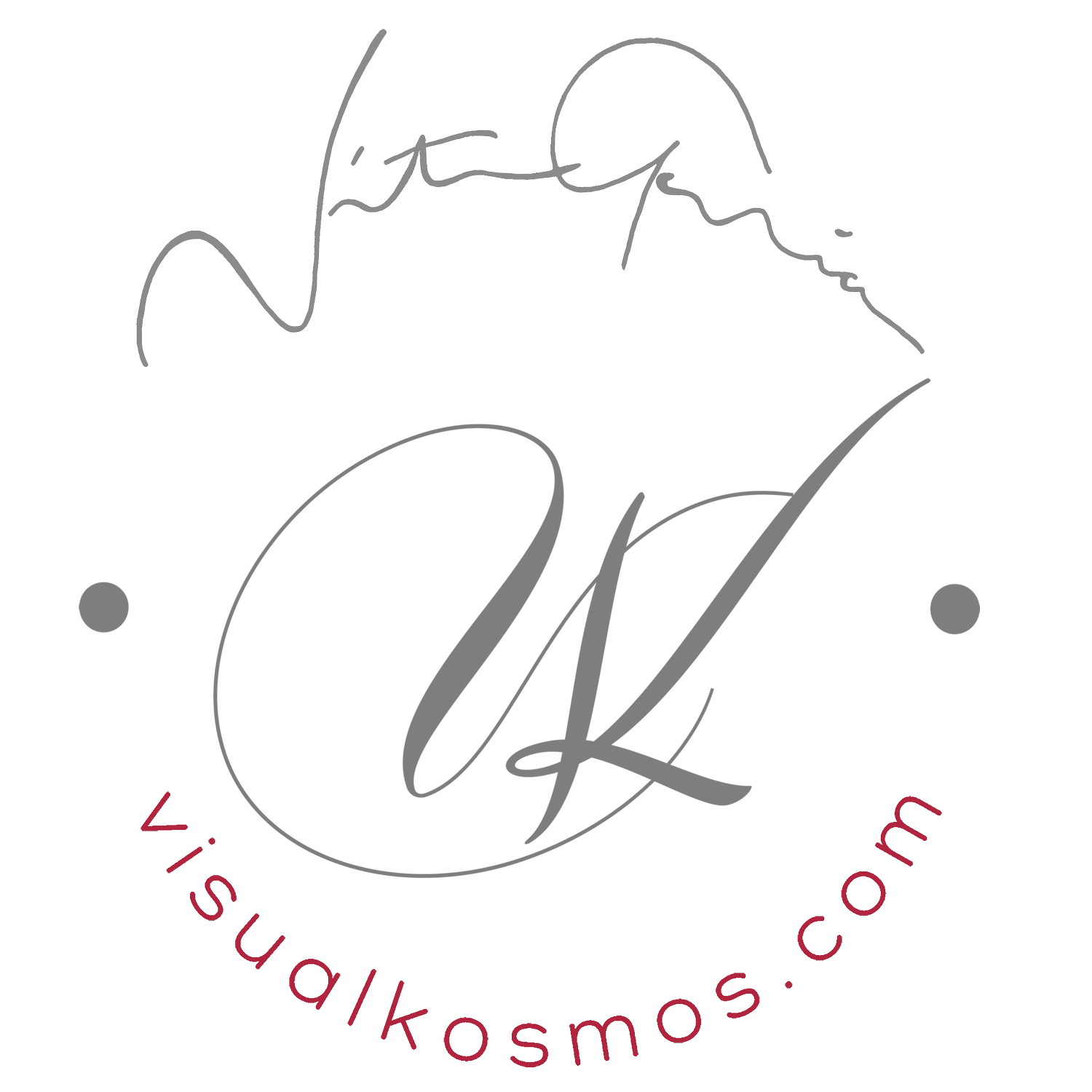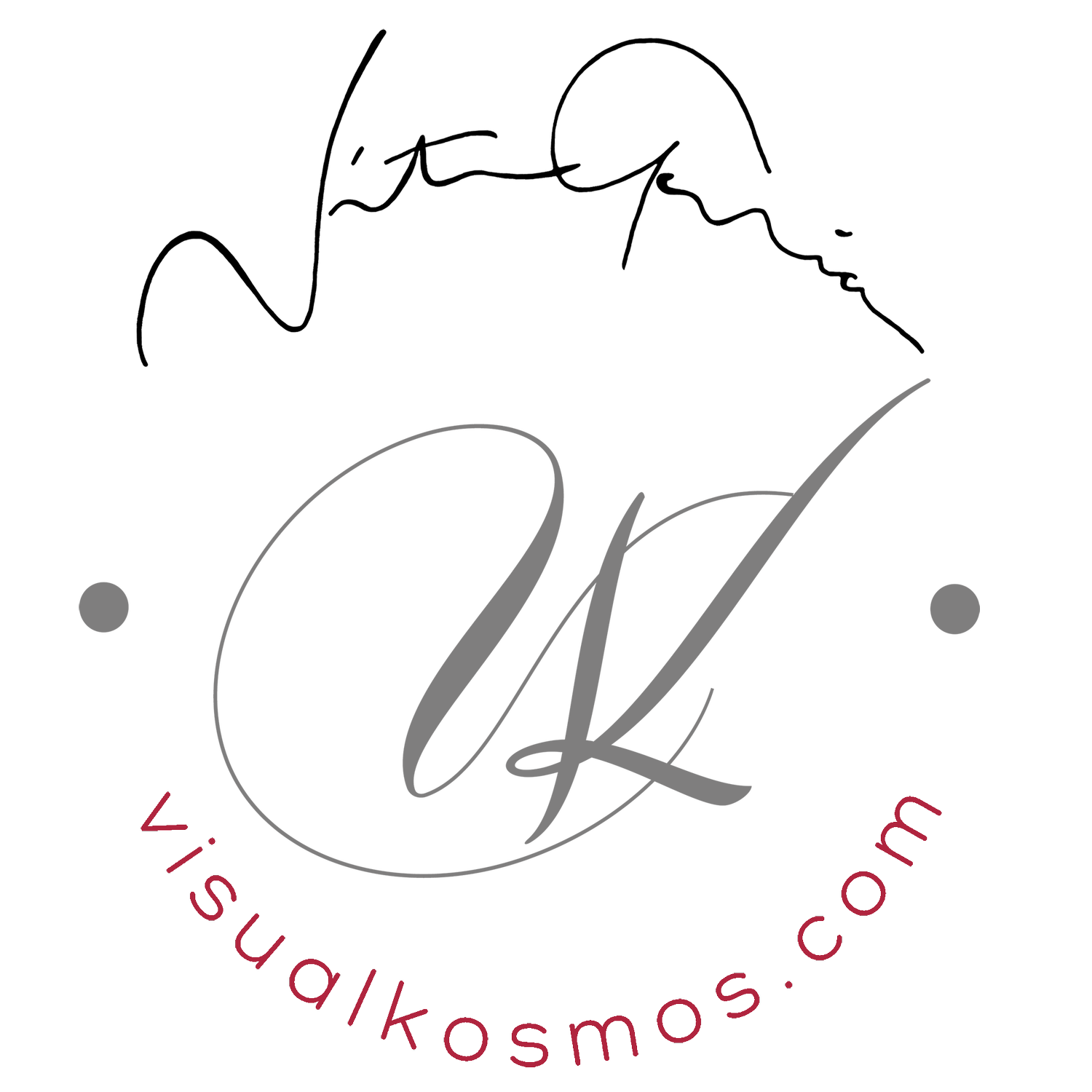The Patron Saint
in Pilmigrage
EN: In this space, we intend to show some of the most exciting places we had the opportunity to visit and photograph along the camiño to Saint James.
PT: Neste espaço pretendemos mostrar alguns dos lugares mais interessantes que tivemos oportunidade de visitar e fotografar ao longo do camiño para Santiago de Compostela.
Conques, 2013
Conques, 2013
Sauveterre-de-Bearn_Site, 2013
Lescar, 2013
Moissan, 2013
Albi, 2013
Auvillar, 2013
Audenaarde, 2013
Audenaarde, 2013
Audenaarde, 2013
EN: The majestic Cathedral of Compostela is dedicated to one of the Apostles of Christ, the brother of John the Evangelist, whose name we can see written in different ways: Santiago (James) Maior (The Greater) (to distinguish him from the other disciple also called James the Minor), Santiago (James) The Great, Santiago (James) Son of Thunder or Santiago de Compostela (Saint James of Compostela).
According to the Acts of the Apostles (acts 12, 2), Santiago (Saint James) was martyred by the sword on the orders of Herod Agrippa (around the year 44). According to tradition, the body was taken on a boat, floating with the 'wind tune', and eventually arriving in Spain. He was buried in Galicia. In 814, while sleeping, Pelaio (hermit) had an epiphany that led him to discover the tomb and relics of Santiago (James).
As soon as this discovery became known, the site immediately turned to be a place of worship and a cathedral was erected where the remains of the saint were buried and to which they gave the name of Catedral de Santiago de Compostela.
According to another legend, during the Christian Reconquest of the Iberian Peninsula, Santiago (Saint James) had appeared in aid of the Christians at the battle of Clavijo in 844, and he was called the 'Matamoros' (Saint James the Moor-slayer). From this moment on, The Order of Santiago was founded, with its purpose the fight against the Moors and the protection of the borders of the newly reconquered territories.
Being accepted by all Christian churches, the festivities in his honour have different schedules: for the Roman Catholic Church and Lutheran, it is celebrated on the 25th of July; for the Orthodox on the 30 st of April; for the Copts, on the 12th of April; and for the Ethiopians on the 28th of December.
In 1661, Santiago Maior (Saint James the Greater) was portrayed in a pious prayer by the painter Rembrandt Van Rijn (1606-1669), not forgetting a light/dark transition, which confers certain tenebrism, as in the Baroque art and also the symbols that characterise Santiago (Saint James), like the cloak, a hat and the bag in which a vieira (or shell) is attached.
This representation as a pilgrim, which imposes itself as canonical in the European imaginary, raised the artists' creativity. So, given its artistic interest, our purpose throughout this project is to collect as many 'images' of Santiago as possible so that we can, in the near future we can, compare them. We mention 'image' instead of 'statue' because, in sculpture studies, the first term is recommended to identify religious representations, while the latter one is applied to the sculpture from Antiquity or distinctly Classicist with monumental function (funerary) in the sculpture from Antiquity (according to Normas de inventário. Artes Plásticas e Artes Decorativas. Escultura, (2004, p. 22) published by Instituto the Português de Museus).
Thank you for taking the time to see my work!
PT: A majestosa catedral de Compostela é dedicada a um dos apóstolos de Cristo, irmão de João Evangelista, cujo nome podemos ver escrito de variadas formas: Santiago Maior (para o distinguir de outro discípulo também chamado Tiago, o Menor), Santiago o Grande, Santiago Filho do Trovão ou ainda Santiago de Compostela.
De acordo com os Actos dos Apóstolos (Act 12, 2) São Tiago foi martirizado à espada por ordem de Herodes Agripa por volta do ano 44 da nossa era. Segundo a tradição, o corpo foi levado por um barco que, ao sabor do vento, acabou por chegar a Espanha, tendo sido sepultado na Galiza. Em 814, Pelaio, um eremita, enquanto dormia, terá tido uma revelação que o levou a descobrir o túmulo e as relíquias de São Tiago.
Assim que se teve conhecimento desta descoberta, o local tornou-se imediatamente num espaço de veneração e sobre o túmulo foi erguida uma catedral, a que se deu o nome de Catedral de Santiago de Compostela.
De acordo com outra lenda, durante a reconquista cristã da Península Ibérica, São Tiago terá aparecido em auxílio dos cristãos na batalha de Clavijo, em 844. Por esta ajuda, a tradição atribuiu ao santo o apelido de Matamouros. Nesse momento é fundada a Ordem de Santiago, com o propósito de combater os mouros e proteger as fronteiras dos novos territórios reconquistados.
Sendo aceite por todas as igrejas cristãs, as festas em sua honra acontecem em momentos diferentes: para a Igreja Católica e Luterana, no dia 25 de Julho; para os Ortodoxos, o dia do santo comemora-se a 30 de Abril; para os Coptas, a 12 de Abril e, para os Etíopes, a 28 de Dezembro.
Em 1661, Santiago Maior foi retratado em piedosa oração numa obra de Rembrandt van Rijn (1606-1669), numa transição claro/escuro, que confere um certo tenebrismo à representação, bem ao estilo que distingue a arte barroca. Sublinhe-se que o pintor não se esqueceu dos símbolos que caracterizam a imagem de Santiago, como a capa, o chapéu e também, por vezes, a sacola, nos quais a vieira (ou concha) surge em destaque.
Esta representação como peregrino, que se impõe como canónica na imaginária europeia, não limitou a criatividade dos artistas. Por isso, dado o seu interesse artístico, é nosso propósito ao longo deste projecto a recolha de registos das muitas imagens de Santiago Maior que vamos conhecendo, para que um dia as possamos comparar. Dizemos “imagem” em vez de “estátua”, uma vez que no estudo da escultura o primeiro termo é recomendado para a identificação de representações de carácter religioso, enquanto o segundo se aplica mais propriamente à escultura com função monumental, funerária, na escultura da Antiguidade ou claramente classicista, de acordo com as Normas de inventário. Artes Plásticas e Artes Decorativas. Escultura, publicadas pelo Instituto Português de Museus (Lisboa, 2004, p. 22).
Obrigado pelo seu tempo!













